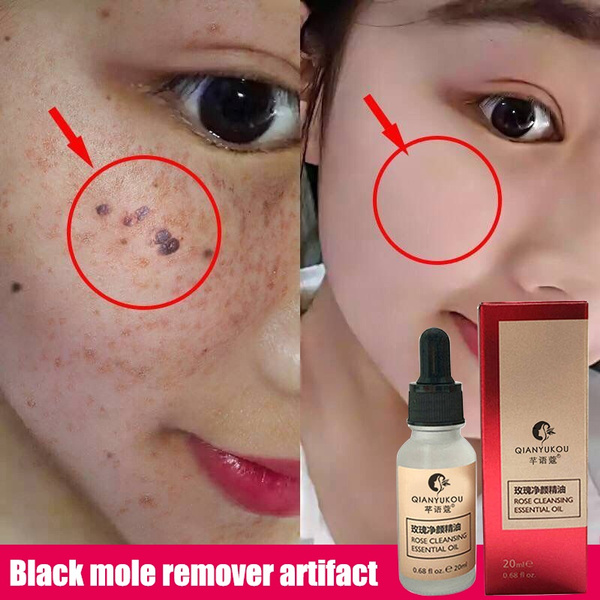When To Expect Pain At Dental Hygienist? Painless Solutions

The prospect of visiting the dental hygienist can be daunting for many, with the potential for pain being a significant concern. Understanding when pain might occur and exploring painless solutions can help alleviate anxiety and make the experience more comfortable. Dental hygiene visits are essential for maintaining oral health, preventing diseases, and ensuring the longevity of teeth and gums. However, certain procedures or conditions can lead to discomfort or pain.
During the Initial Examination
The initial examination at a dental hygiene visit typically involves a visual inspection of the teeth and gums, which is usually painless. The dental hygienist will look for signs of plaque, tartar, gingivitis, or other oral health issues. This stage is more about assessment and less likely to cause pain, except in cases where the patient has sensitive teeth or gums. In such instances, even a gentle touch can cause discomfort.
Scaling and Polishing
Scaling, either manual or ultrasonic, is a common procedure where the hygienist removes plaque and tartar from the teeth, both above and below the gum line. While generally not painful, it can be uncomfortable, especially if there are deep pockets between the teeth and gums, indicating advanced gum disease. The ultrasonic scaler, in particular, can cause vibrations that some people find uncomfortable, but it’s usually well-tolerated, especially when the area is properly numbed if necessary.
Polishing, which follows scaling, is typically a painless procedure aimed at smoothing the tooth surface to prevent future plaque buildup. However, if the gums are inflamed or there are open sores, the polishing process might cause some sensitivity.
Deep Cleaning (Root Planing)
Deep cleaning, or root planing, is a procedure often required for patients with periodontal disease. It involves cleaning the roots of the teeth to remove plaque and tartar that have accumulated below the gum line. This procedure can be more invasive and may cause some pain or discomfort, especially since it targets areas that are already inflamed or diseased. To manage pain, local anesthesia is often used.
Fluoride Treatment and Other Preventive Measures
Fluoride treatments and other preventive measures like sealants are generally painless. Fluoride varnish can be applied quickly and comfortably, providing essential protection against tooth decay. Sealants, applied to the chewing surfaces of back teeth, are also a painless procedure, preventing bacteria from settling in the grooves of the teeth.
Painless Solutions
Several painless solutions and strategies can make dental hygiene visits more comfortable:
- Local Anesthesia: For more invasive procedures, local anesthesia can numb the area, preventing pain during the treatment.
- Sedation Dentistry: Offers relaxation or sedation to help anxious patients feel more at ease during their visit, which can range from mild relaxation to being fully asleep.
- Laser Treatment: Laser technology is increasingly being used in dental hygiene for treatments like gum reshaping or removing plaque. It can reduce the need for traditional scalers and is often associated with less discomfort.
- Topical Anesthetics: Applied directly to the gums or teeth, these can numb the surface, reducing sensitivity during certain procedures.
- Desensitizing Toothpaste: For patients with sensitive teeth, using a desensitizing toothpaste before the appointment can help reduce sensitivity.
Preparation and Communication
- Inform Your Hygienist: If you have sensitive areas or anxiety about pain, let your dental hygienist know. They can adjust their approach and discuss options for pain management.
- Regular Visits: Regular dental hygiene visits can prevent more severe issues that might require more invasive, potentially painful treatments.
- Good Oral Hygiene: Maintaining good oral hygiene practices, such as regular brushing and flossing, can reduce the need for extensive cleaning during hygiene visits, potentially reducing discomfort.
In conclusion, while some procedures at the dental hygienist might cause discomfort, there are numerous painless solutions and strategies to make the experience more comfortable. Open communication with your dental hygienist about any concerns or anxieties regarding pain is key to a successful and stress-free visit. By understanding what to expect and the options available for managing pain, patients can approach their dental hygiene visits with confidence, ensuring the best possible outcomes for their oral health.
What is the most common cause of pain during a dental hygiene visit?
+The most common cause of pain or discomfort during a dental hygiene visit is usually related to the scaling procedure, particularly if there is a significant buildup of tartar below the gum line, indicating periodontal disease. Deep cleaning procedures like root planing can also cause discomfort due to the need to clean below the gum line.
How can I reduce anxiety about visiting the dental hygienist?
+Reducing anxiety about visiting the dental hygienist involves communication, preparation, and sometimes, the use of sedation dentistry. Informing your hygienist about your fears or anxieties allows them to tailor their approach to your needs. Regular visits can also help prevent more severe issues, reducing the need for potentially painful procedures.
Are there any painless alternatives to traditional dental cleaning methods?
+Laser technology is emerging as a painless alternative to traditional scaling methods. It can be used for plaque removal and gum treatment, often with less discomfort than traditional ultrasonic or manual scaling methods. However, the availability of laser treatment can vary depending on the dental office and the specific needs of the patient.
By leveraging these strategies and maintaining open dialogue with dental professionals, individuals can ensure their dental hygiene visits are not only essential for their health but also comfortable and stress-free. Regular care, combined with the latest in pain management techniques, underscores the commitment to providing the best possible experience for patients, aligning with the core principles of modern dental practice: prevention, comfort, and patient-centered care.